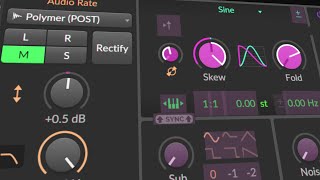
Jul 15, 2024 Tutorial
In this video, I demonstrate a cool trick in Bitwig Studio using the Polymer synthesizer. By attaching an audio rate modulator and feeding it back into the front of the synthesizer, I can create interesting modulation effects and generate unique sounds. This feedback loop allows for subtle or prominent modulation effects, giving a wide range of possibilities for creative experimentation.
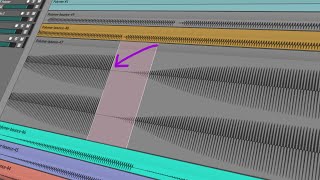
Feb 26, 2024 Tutorial
In today's video, I discuss the importance of high precision and latency-compensated sidechain compression on the bass for bass music producers. I explore different methods, such as audio sidechain, note sidechain, and segments, and demonstrate their effectiveness in achieving precise sidechain compression. However, I also highlight a bug when introducing latency within the FX chain of a device.
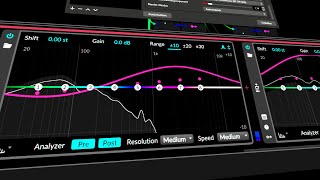
Feb 12, 2024 Tutorial
In this video, I demonstrate creative ideas for using the EQ inside Bitwig Studio. By utilizing the FX grid and voice stacking, I show how to apply polyphonic modulations to the EQ Plus. This technique allows for unique waveforms, modulation offsets, and the ability to sequence and morph between EQ settings.
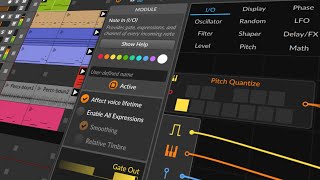
Dec 18, 2023 Tutorial
In this video, I demonstrate different methods to transpose tracks in . I start by manually transposing individual clips, then show how to use the note transpose function on each track. However, the most efficient method is using the node grid with a pitch quantizer to easily transpose tracks globally, allowing for experimentation with different keys.

Apr 24, 2023 Tutorial
In this video, I share my process of creating risers and transitioning effects using the global modulator in Bitwig Studio. I was inspired by UJAM's final boost and Data Life's Endless Smile plugins and wanted to replicate the effects in Bitwig. Instead of using manual automation, I used the curve editor to create a ramp that gradually increases the effect's intensity over time. I demonstrated how to apply this technique to individual tracks, such as chords, bass, and percussion, to create more dynamic and interesting effects with precise control. This technique is a great VST replacement and allows for more creative flexibility in creating risers and sweeps in your music.
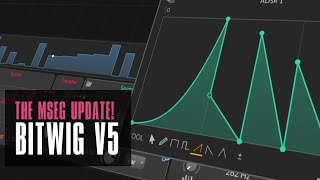
Apr 11, 2023 Tutorial
In this video, I discussed the new features in Bitwig Studio version 5. This includes the new browser, with a compact design and the ability to install packages directly from within the browser. I also discussed the new track modulators and global modulators, which allow users to easily control multiple parameters from the same modulator and access them in the mixing panel. Finally, I talked about the new multi-stage envelope generator, curves and wave table oscillator. These new features make it easier to create interesting sounds and complex modulation patterns.better understand it and provide a proper response?
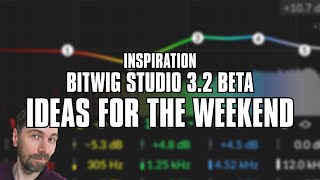
Apr 24, 2020 Tutorial
In this video, I share some tips and ideas on how to use the new features in Bitwig Studio 3.2. I show how to create a bassline using the new arpeggiator and expression modulator, how to create layered instruments with instrument selectors and round-robin, and how to create evolving chords with note FX selector, arpeggiator, and diatonic transposer. I also demonstrate how to create sounds with Poly-Grid, create a reverb effect that only activates when the key is released, and how to create a strumming effect with note delay. These new features offer a lot of possibilities for sound design and creating patterns and chord structures. Using my code "polarity" in the shop can save you 10% on the price while supporting my channel.
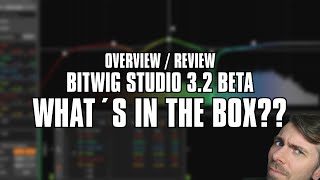
Apr 19, 2020 Tutorial
In this video, I give an overview of the new features and additions to Bitwig Studio 3.2 beta. The biggest addition is the new EQ Plus device, which allows for easy EQ adjustments without the need to open a new window. Other additions include a new spectrum analyzer with a customizable slope, a saturator with an expander feature, and new options for selector devices. The arpeggiator and polygrid also have new features, such as randomized starting offsets and an interpolation option. Additionally, there is a new module called the array, which allows users to store and retrieve values at specific indexes. Overall, the new features are useful and enhance the flexibility of Bitwig Studio.







